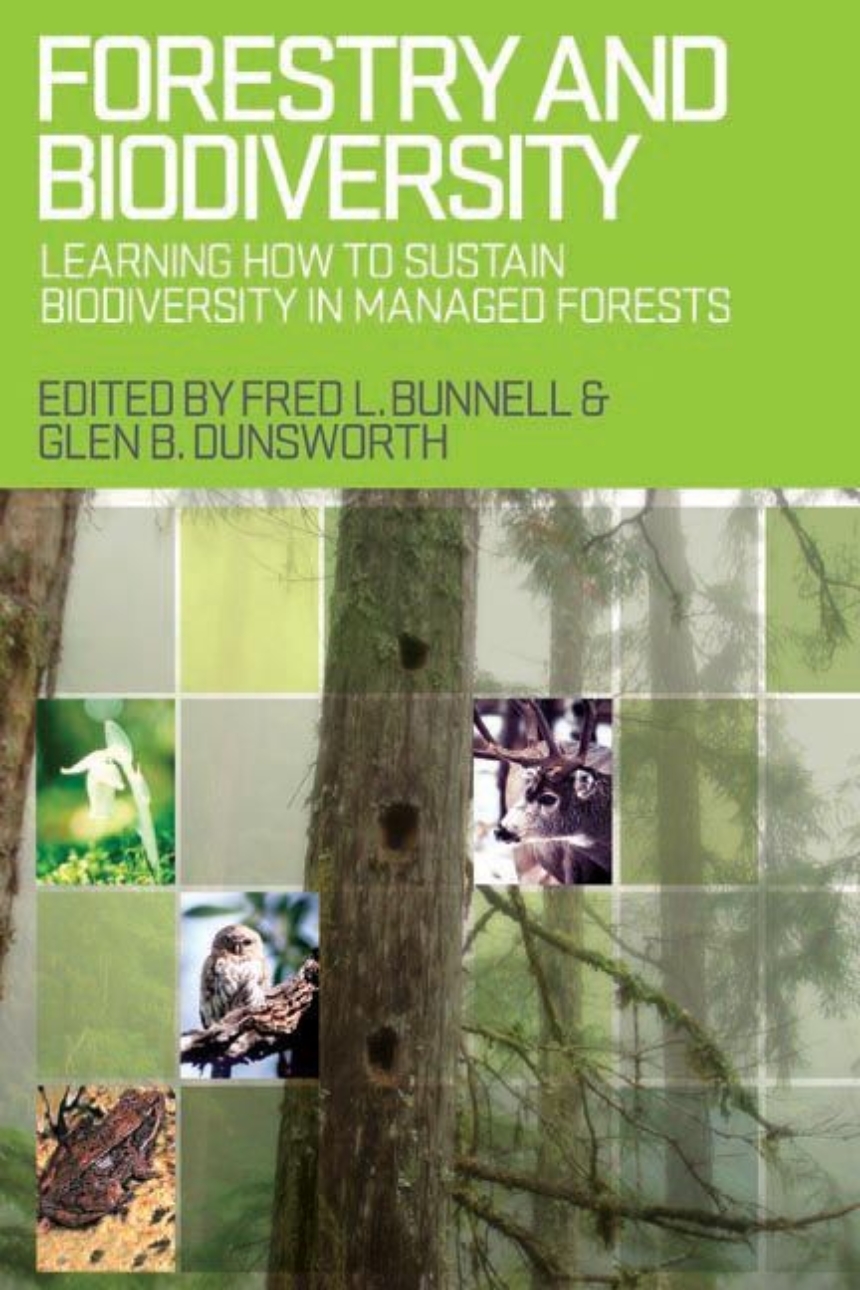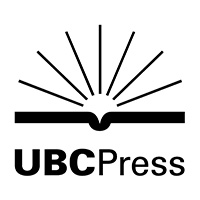University of British Columbia Press
Forestry and Biodiversity
Learning How to Sustain Biodiversity in Managed Forests
Distributed for University of British Columbia Press
Forestry and Biodiversity
Learning How to Sustain Biodiversity in Managed Forests
As global demand for forest products increases, conserving biodiversity has become more urgent and challenging. Forestry and Biodiversity advocates adaptive management – a structured approach to learning by doing – to sustain biodiversity in managed forests. It draws on the theory and principles of conservation biology and forest ecology and illustrates them, and the challenges they pose, through a practical, real-world study of commercial forestry in a coastal temperate rainforest. This book will be of interest to those who plan, or hope to influence, forest practices and the future of the environment.
374 pages | © 2009
Table of Contents
List of Illustrations
Preface
Acknowledgments
Part 1: Introduction
1 The Problem / Fred L. Bunnell, Glen B. Dunsworth, David J. Huggard, and Laurie L. Kremsater
1.1 "Wicked" Problems
1.2 Expanding and Competing Values
1.3 Special Difficulties in Forests
1.4 Adaptive Management
1.5 Bounding the Book: What It Is and Is Not
1.6 Summary
2 The Example / Fred L. Bunnell, William J. Beese, and Glen B. Dunsworth
2.1 Physical and Ecological Setting
2.1.1 Physical Landscape
2.1.2 Climate, Vegetation, and Fauna
2.2 Social and Historical Contexts
2.3 New Planning and Practices
2.3.1 Planning
2.3.2 Practices
2.4 Structures to Make It Work
2.5 Monitoring
2.6 Summary
3 The Approach / Fred L. Bunnell and Glen B. Dunsworth
3.1 Managers’ Questions
3.2 Establishing Objectives and Measures of Success
3.2.1 Defining Biological Diversity
3.2.2 A Criterion and Indicators of Success
3.3 Deciding on Actions
3.4 Evaluating Success
3.4.1 Bounding the Problem
3.4.2 The Major Questions
3.4.3 Kinds of Monitoring and Adaptive Management
3.4.4 Creating Structured Learning
3.5 Linking Findings to Actions
3.6 Summary
4 Implementing the Approach / Fred L. Bunnell, William J. Beese, and Glen B. Dunsworth
4.1 Change in Midstream
4.2 Progress in Adopting the Approach
4.2.1 Implementing Planning
4.2.2 Implementing Variable Retention
4.3 Assessing the Outcomes of Guidelines
4.3.1 Biological Legacies
4.3.2 Forest Influence
4.3.3 Amount of Retention
4.3.4 Forest Stewardship
4.3.5 Requisite Variety
4.4 Lessons from Implementation Monitoring
4.5 Summary
Part 2: The Indicators

